Guide to Podcasting Equipment
In addition to your computer…
We Use & Recommend
Yes, you need a computer. Either a Windows machine, a Mac or a Linux box. We use Windows, but that’s just personal preference. You need some other stuff as well.
Good (not cheap) Mics

We use the Shure SM58. It’s almost indestructible, and it gives you professional-quality sound in your studio.
If you are going to have multiple people in your studio, then don’t share mics. Get a microphone for each person.
Mic Cables
Buy 2 mic cables for every microphone. We like the 10-foot (3m) length in-studio and the 6-foot (2m) length for traveling.
Why two cables for each mic?
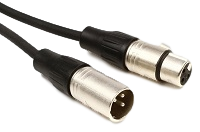
Because one will inevitably get a short in it just before an important interview.
Always have a backup. They’re really cheap.
A Digital Audio Interface
You need to connect your pro-quality microphones to your computer. That’s why you need a digital audio interface.
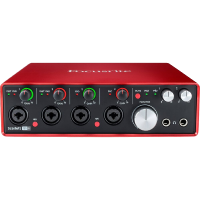
Can you get away with a direct-plug mic? Yes. Will it sound professional? No.
We’ve trusted the Focusrite Scarlett for years. Top-quality equipment, excellent support.
Do not scrimp on this piece of equipment.
Acoustic Tiles
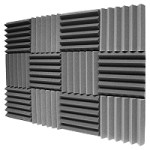
In all likelihood, your office is not acoustically perfect. (Neither is ours.)
To keep your recordings from sounding like you made them in a barrel. you need to fix the way the office sounds.
And the simplest way to do that is to put acoustic tiles on the walls in front of and behind your mics. Corners too.
Boom Stands
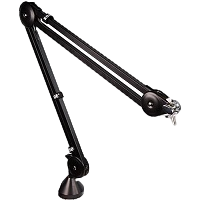
Do yourself a favor: mount your microphone on a professional quality boom stand.
The Rode is the way to go.
Yes, it’s expensive. The cheap ones are a complete waste of money.
Good (not cheap) Headphones
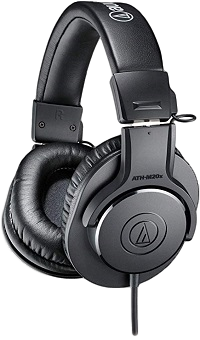 A good headphone is one that you can wear for hours without pain on your head or ears.
A good headphone is one that you can wear for hours without pain on your head or ears.
Cheap headphones – no matter how light – will not do the trick. (Trust us, we’ve tried.)
We’ve used the Audio-Technica ATH-M20x for years.
Digital Audio Workstation Software
This is the software that records the signal on your computer. We use – and love – Reaper.

Can you use other software? Of course. But Reaper is professional-quality at a budget price.
Note: make sure that the Digital Audio Interface you choose works with the Digital Audio Workstation you choose. The things we recommend all work together on Windows.
A Word About Room Treatments
The best places for your acoustic tile are directly in front of your face, and directly behind your head. This is because the sound comes out of your mouth, hits the wall and bounces. The acoustic tile will help to “deaden” the sound as it comes out of your mouth and as it bounces off walls.
The second best place for acoustic tiles is in the corners of your rooms. If you can place tiles at every corner, it will go a long way towards making your room sound more like a studio and less like a barrel.
